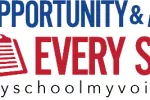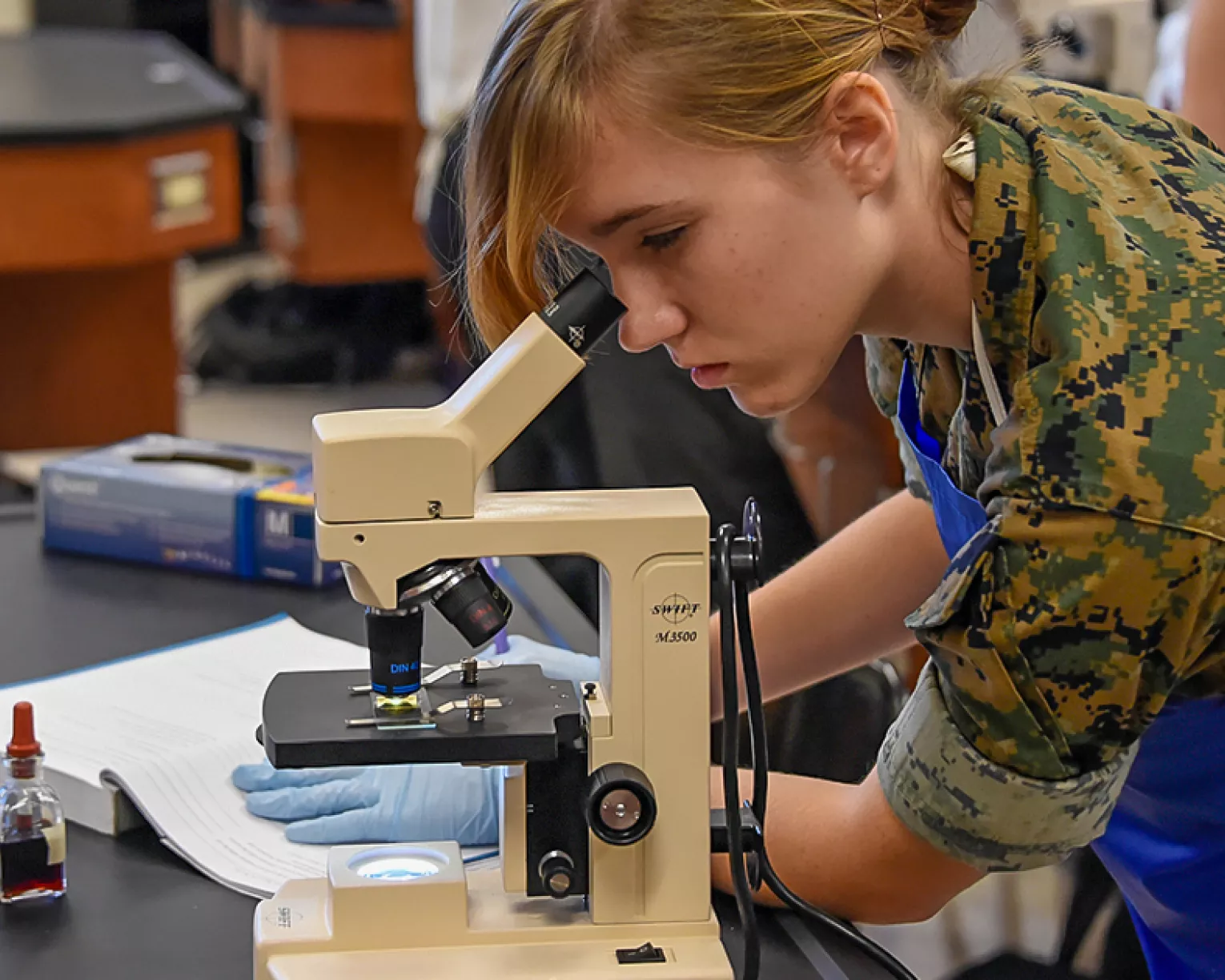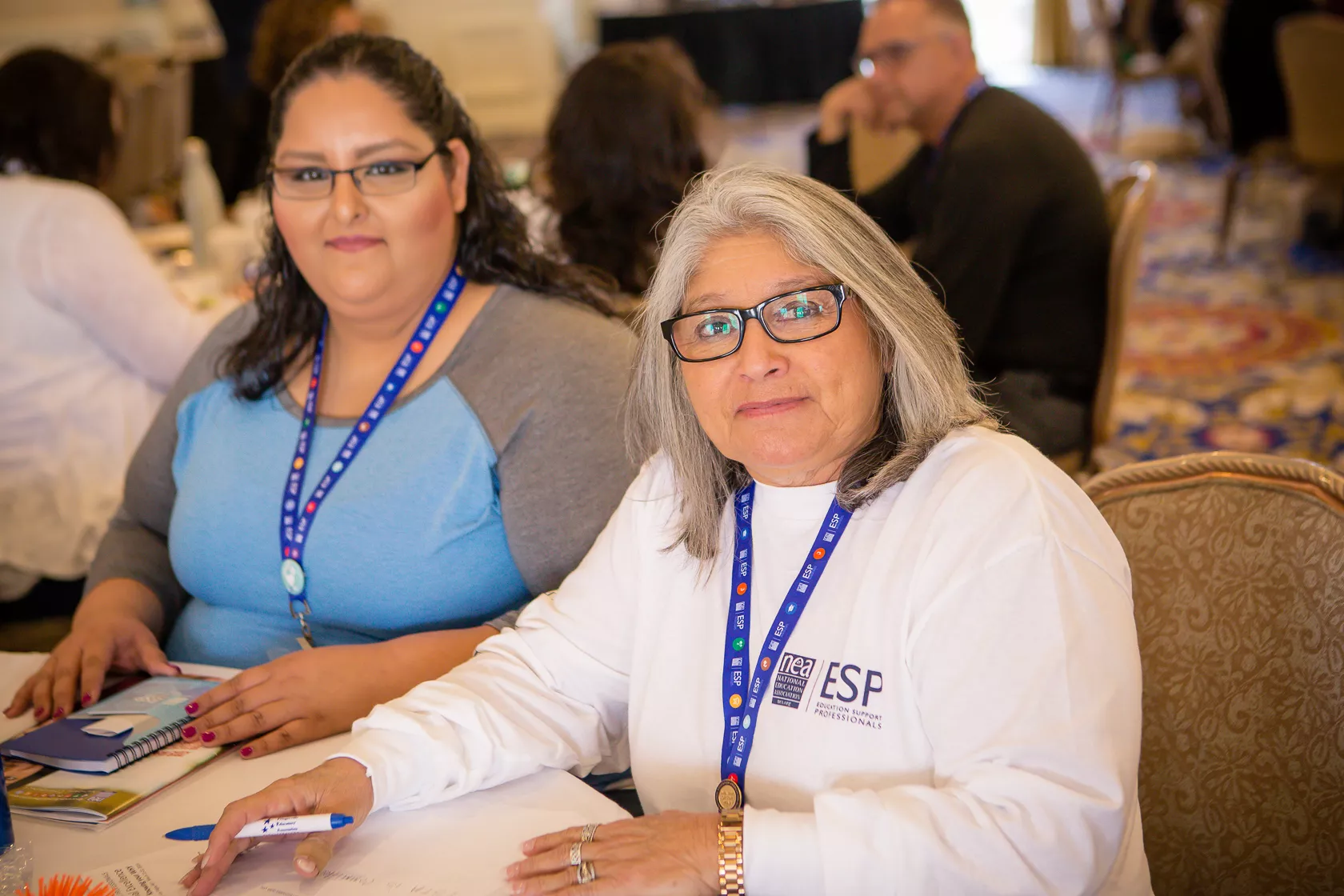
NEA has always known how crucial skilled education support professionals are to student success.
With the passage of the Every Student Succeeds Act (ESSA), federal law is catching up with us. Title VIII introduces the preferable term “paraeducator” into federal statute for the first time, and defines professional development to mean activities that provide educators, paraprofessionals specifically included, with the knowledge and skills necessary to enable students to meet academic standards.
We believe that with the Whole Student model of education, advocates can make a case that sections of the law referencing “other staff” or “appropriate staff” apply to ESPs, in addition to paraeducators. Here's what that means for ESP voice and opportunity.
Decision-Making
ESP voice can affect school fund allocation:
- A state department of education must consult with a number of education stakeholders, including paraprofessionals and other staff when developing the State Plan to receive Title I funds.
- A school district must engage in “timely and meaningful consultation” with education stakeholders that include “paraprofessionals” and “other appropriate school personnel” in the development of a Local Plan to receive Title I funds.
- In Title I, a Local Plan must have a description of how educators, including paraprofessionals, working in a targeted assistance school program will identify eligible children most in need of services.
- A Title I Schoolwide Program Plan must be created with educator consultation, including “paraprofessionals present in the school” and “school staff.”
- State committees of practitioners must now include paraprofessionals.
- The Title II Part A application for formula grants to improve instruction must be drafted with the consultation of stakeholders, including paraprofessionals and the organizations representing them.
Professional Development
Under ESSA, paraprofessionals and "other appropriate school personnel" can access funds for professional development. Now, educators who are crucial to keeping students healthy, safe, and learning have pathways to getting additional job training, leadership training, and alternative teacher certification.
When you know better, you do better — with yourself, your colleagues, and your students. We have to know to grow. – Quanyet Gibbs, Vice President, Red Clay Paraprofessionals Association
Funding is available for:
- General Professional Development
- Title I provides professional development opportunities for paraprofessionals in sections pertaining to Schoolwide Programs. The Schoolwide Program Plan will describe activities that will improve instruction which may include professional development for educators such as “paraprofessionals, and other school personnel.”
- Title I Targeted Assistance Programs may use funds to improve instruction including for professional development to "paraprofessionals, and, if appropriate, specialized instructional support personnel, and other school personnel who work with eligible children in programs under this section or in the regular education program.”
- Title I Section 1010 Parent and Family Engagement allows for funds to be spent on professional development for family
- Title II paraprofessional professional development opportunities include:
- To recognize and prevent child abuse (Paraprofessionals)
- To work with children transitioning from early childhood education to elementary school (Paraprofessionals)
- Literacy at several grade levels (Paraprofessionals)
- English Language Learning
- Title II opportunities include: English Proficiency (Paraprofessionals and Program Staff)
- Title III provides an opportunity for collaboration with institutions of higher education for ESP professional development. Sec 3131 National Professional Development Project provides grants ‘‘(1) for effective preservice or inservice professional development programs that will improve the qualifications and skills of educational personnel involved in the education of English learners, including personnel who are not certified or licensed and educational paraprofessionals, and for other activities to increase teacher and school leader effectiveness in meeting the needs of English learners.”
- Title III Professional Development opportunities for Language Instruction for English Learners and Immigrant Students. The list of educators for this section includes teachers, paraprofessionals and school personnel.
- Certification
- In Title II, states may use funds for establishing or improving routes to alternative teacher certification. Emphasis is given in aiding some groups to alternative certification. Paraprofessionals are one of the specific groups.
- Student and Family Engagement
- Title VI Indian, Native Hawaiian, and Alaska Native Education offers Professional Development opportunities for paraprofessionals working with native populations as well as allowing funds to be spent to develop educators, including paraprofessionals, within the Indian populations.
- Supporting Homeless Students
- Title IX Education for the Homeless and Other Laws offers Professional Development for staff working to identify, support, and provide services for homeless youth.
- Technology Use
- Title IV 21st Century Schools Professional Development for technology and school safety: Paraprofessionals, librarians, and media personnel are listed as those who may be trained in technology usage with these funds. See additional Title IV opportunities below.
Special Programs
- Title IV Sec 4103 Formula Grant to States allow for funds to be used for a variety of student programs such as violence and drug prevention, student discipline, mental health awareness, and safety to name a few. These programs involve the ESP career families of Technical Services, Security Services, and Health and Student Services as well as Paraprofessionals.
- However, there is flexibility with the use of these funds that could involve other ESP if the Whole Student philosophy is applied to innovative programs. For example, a program to train food service professionals in bullying prevention, or custodians and bus drivers in student mentoring. Additionally, this section addresses student support and academic enrichment grants that could also involve ESP career families.
Dashboard Indicator
Although ESSA reduces the emphasis on assessments, every state must meaningfully differentiate all of their public schools. The accountability systems under ESSA will include traditional indicators such as math and reading assessments and graduation rates, but also, must include at least one indicator of school quality and student support such as: student engagement, educator engagement, student access to and completion of advanced course work, post-secondary readiness, school climate and safety, and any other indicator chosen by the state that meets requirements such as validity, reliability, comparability, and is administered statewide.
By applying the Whole Student philosophy, whereby all ESP are educators, and with innovative thinking, ESPs can play a crucial role in meeting indicators.
The following are just a few examples for advocates involved in influencing the accountability system in the state plan:
- Student attendance may be influenced by clerical professionals who are many times tasked with tracking attendance and are often the first contact with the absent student or student’s family. Additionally, custodians and maintenance ESP who keep our schools clean and free of allergens are actually keeping students healthy and at school.
- Graduation rates may be improved by qualified paraeducators who help students overcome learning challenges.
- A positive behavior reinforcement model adopted by a school can only be comprehensive and complete if ESP are involved. Not only security officers and hall monitors, but also bus drivers, food service employees, paraeducators, and any other ESP interacting with students should participate in the implementation of the model.
- Appropriate assessment systems need the input of paraeducators who are frontline educators.
- School climate is a major contributing factor to students’ academic success and healthy attitudes towards learning. ESP should be trained and fully participatory in anti-bullying intervention and prevention programs, mentoring initiatives, and cultural awareness.
- English learners can benefit from exposure to diverse ESP who speak their native language, share their culture, and work with teachers to ensure their emotional and academic needs are met.
- Paraeducators could be an element in the state report card. For more potential elements (report card) and indicators (accountability system) readers may refer to the Opportunity Dashboard and the Great Public Schools Framework.
Downloads
Suggested Further Reading
Are you an affiliate?


